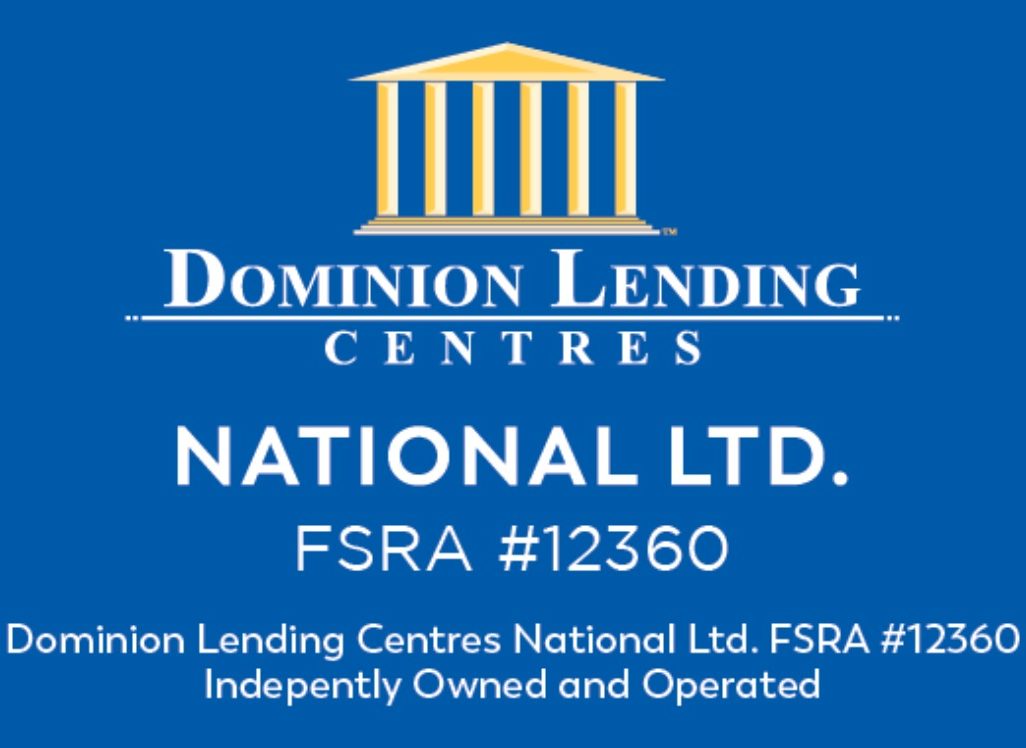What is Bridge Financing?
A short-term loan used for buying of a new house before the sale of their present one is bridge financing. For people looking for quick money to buy a new house without waiting for their current one to close in Canada’s fast-moving housing market, this is perfect.
Still acting as a form of short-term financing, bridge financing loans close to the effective purchase date, allowing the borrower sufficient time to secure more permanent forms of financing.
How Does Bridge Financing Work in Canada?
Bridge loans generally do not exceed six months, and you will be expected to pay off the loan amount post the sale of your existing home.
Here’s how it works:
You buy your dream home.
Your current home is still market, which means the equity won’t be available for two months. Be comes a problem for pay.
Due to sub-prime mortgage defaults, it’s now a common practice on lenders to offer a bridge loan until the home sells.
When selling a home, the mortgage and interest payments are automatically deducted as final costs from the sale.
Common Conditions:
A firm sale agreement from the pre-existing home.
Having strong equity – typically 20% or more.
The achieving convergence between the transactions should occur after their respective timelines.
Large banks and mortgage companies like Done Mortgage which simplify the processing of applications provide most bridge loans.
Advantages and Disadvantages of Bridge Financing
Advantages:
Controls Time of Sale: Allows homeowners optimize the listing of their property to align with favorable market conditions.
Secure Dream Home Immediately: Acquire dream properties without waiting for current sales to go through.
Stagger Closings: Allows homeowners strategically plan closings to avoid overlaps.
Most bridge loans require only interest payments throughout the Bridge term.
Disadvantages:
Increased Interest Charged: May have interest rates higher than standard loans owing to the short term.
Increased Attention Cost: Consists of arrangement charges, legal charges, and charges for appraisal work.
If home does not sell, acquire refinancing/ extend options: Homeowners will incur costs without guarantee of sale.
Eligibility Criteria for a Bridge Loan in Canada
Not every borrower automatically qualifies. Here’s what lenders typically look for:
1. Home Sale
Most lenders expect you to have a signed purchase agreement of your current residence.
2. Home Equity
Most lenders expect you to have at least 20% equity in your current home.
3. Credit and income
A good credit rating with a steady income make for easier approval.
4. Specific plans
You need to possess a specific date for both the sale and the buying of the house.
If you need expert advice, Done Mortgage offers customized free consultations and pre-approval guidance.
Experts suggest their clients that need to quickly receive funds while being able to have them paid back shortly, use bridge financing. It is best used by someone who is already carrying a firm offer. Bridge financing can ease one as it does lie under strict restrictions.
Though it may not be the best option if there is an uncertain sale, low equity and high debt.
As with any financial decision, you should speak with a professional—like Done Mortgages—to evaluate the pros and cons.
Conclusion
In Canada, bridge financing presents a unique opportunity for homeowners who are buying and selling properties at the same time. If paired with favorable circumstances and sufficient support, it can serve as an invaluable financial resource, but it is critical to grasp the risks and expenses involved.
FAQ: Bridge Financing in Canada
What is bridge financing in Canada?
Bridge financing is a short-term loan that helps you buy a new property before selling your current one. It allows you to use the equity in your existing home to secure temporary funds until the sale closes.
How long does a bridge loan last in Canada?
Most bridge loans in Canada are short-term and last between 30 days and 6 months. In rare cases, some lenders may extend up to 12 months if the sale takes longer than expected.
What are the interest rates for bridge financing in Canada?
Bridge loans usually have higher interest rates than standard mortgages, often ranging from 6% to 10%, plus administrative or legal fees. Most lenders only require interest payments during the term.
What happens if my home doesn’t sell during the bridge loan period?
If your property doesn’t sell on time, you may need to refinance, extend the bridge loan, or switch to a different financing option. This can add extra costs, so it’s important to have a backup plan.
Do Canadian banks offer bridge loans?
Yes. Most major Canadian banks and mortgage lenders offer bridge loans to clients who have a firm sale agreement on their existing home and sufficient equity. Mortgage brokers can also arrange private bridge loans when banks decline.
Who qualifies for bridge financing in Canada?
Typically, lenders look for:
- A signed purchase agreement on your current home
- At least 20% equity in the property
- Good credit history and stable income
- A clear timeline for both the purchase and sale

